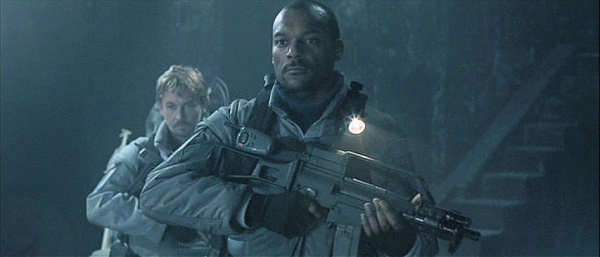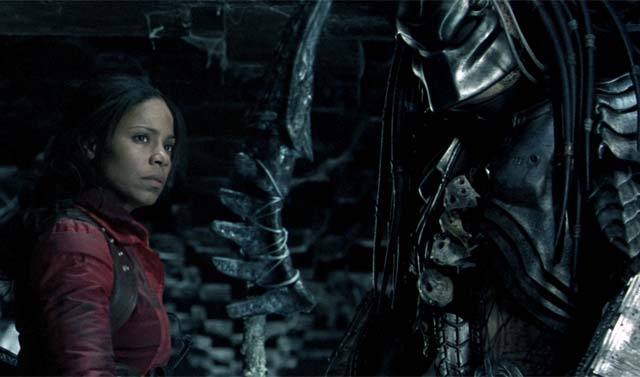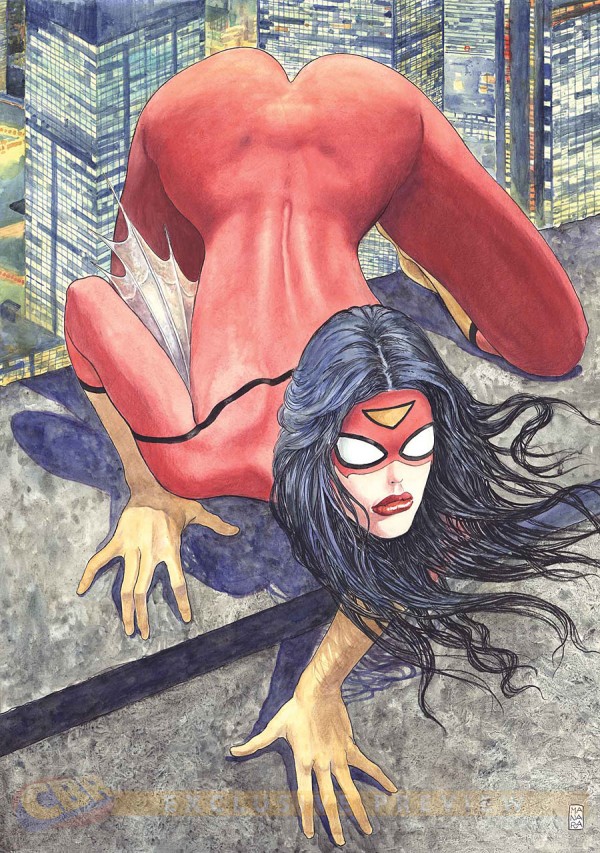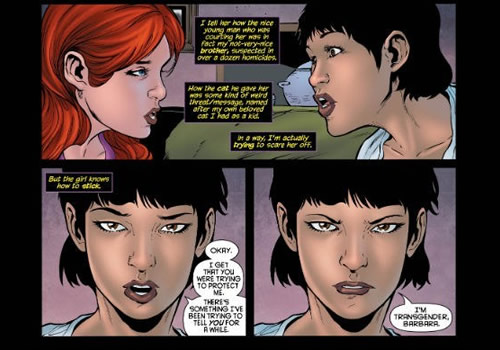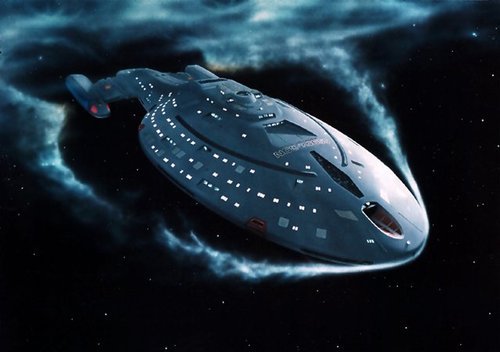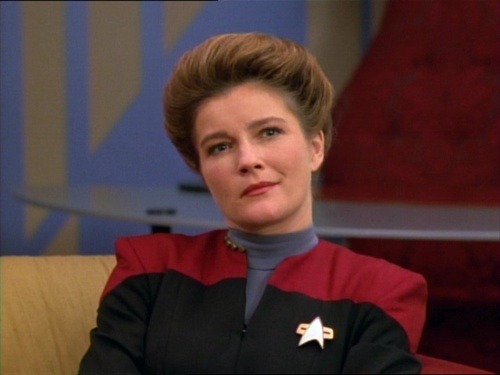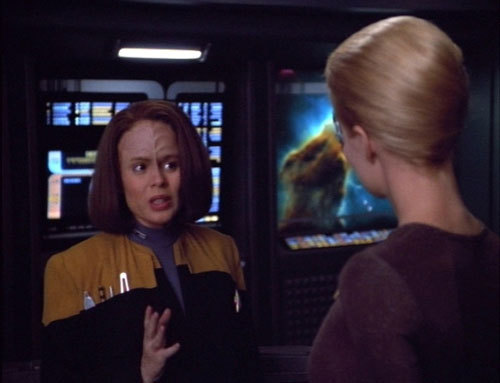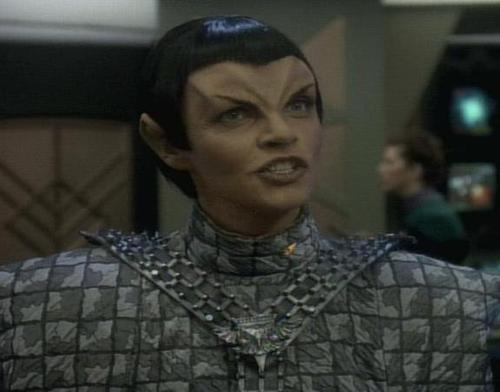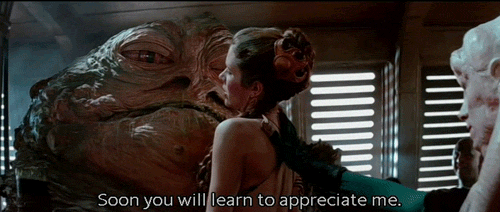A while back, I talked about Fifth Element and how it actually passed the Bechdel Test. And it passed it in laughable fashion. Another movie did the same, but managed to not only pass that test, but the Racial Bechdel Test and even can be a candidate for the Mako Mori Test.
That movie was Aliens vs Predator.
First, lets take a trip down memory lane.
Aliens had become one of the most successful franchises around, and Predator did quite well in its opening with Arnold fighting an alien species who was hunting humans. It did well enough to make a sequel, so in 1989, a movie was released starring Danny Glover in what had one of the most diverse casts, even by today’s standards.
 But in that final scene was something that made fans stand up and take notice. It was an easter egg, but it still asked the question of what if the Predators hunted Aliens.
But in that final scene was something that made fans stand up and take notice. It was an easter egg, but it still asked the question of what if the Predators hunted Aliens.
There in the the trophy case was an alien skull. It was the thing that began that question. One which would become a reality in a series of comics published by Dark Horse.
 In the first series, humans are caught between Predator Hunters and the Aliens. The only survivor is a woman named Machiko Noguchi. She fought of the Aliens with a Predator, Broken Tusk, who marked her with his clan’s symbol. When the clan arrives again and finds Machiko, they accept her into their hunting clan.
In the first series, humans are caught between Predator Hunters and the Aliens. The only survivor is a woman named Machiko Noguchi. She fought of the Aliens with a Predator, Broken Tusk, who marked her with his clan’s symbol. When the clan arrives again and finds Machiko, they accept her into their hunting clan.
Those comics continue, including Aliens vs Predator: War, a follow up to the original which sees Machiko betray her clan to aid the humans.
 Over the years there was always rumours, always questions whether there would be an AvP film. Nothing was ever confirmed. Until the early 2000s.
Over the years there was always rumours, always questions whether there would be an AvP film. Nothing was ever confirmed. Until the early 2000s.
In 2004, fans got their wish.
Aliens vs Predator would hit screens, and tell a story that took place in Antarctica. It would also introduce Bishop Weyland (Lance Henriksen) as the CEO of the Weyland Corporation. And Sanaa Lathan had the lead role.
Sanaa’s character is Lexa Woods, an environmentalist, mountain climber, glacial expert, and often times a guide. She is hired on to lead an expedition into the frozen South Pole to find a heat bloom that appeared on satellite.
So how exactly is it that this movie is able to pass three tests?
Let’s take a look at the first test, the Bechdel test. As I said with the Fifth Element, passing this test is laughably easy, and AvP is no different. The highlight comes in a conversation between Lexa and one of the security officers of Weyland,
Rousseau herself doesn’t have a lot of lines in the movie, but there is a conversation between her and Woods.
Alexa ‘Lex’ Woods: [Rousseau is loading a pistol] Seven seasons on the ice, and I’ve never seen a gun save someone’s life.
Adele Rousseau: I don’t plan on using it.
Alexa ‘Lex’ Woods: Then why bring it?
Adele Rousseau: Same principle as a condom. I’d rather have one and not need it, then need it and not have one.
Rousseay also comments to Lexa how she’s glad that she decided to stay with the team. That’s the one and only conversation that happens in the movie between two women, and it’s actually more meaningful than the conversations between two women in Fifth Element.
I mentioned before that AvP also passes the Racial Bechdel Test. For those not aware, Sanaa Lathan is black. So is Colin Salmon who plays Maxwell Stafford in the film. Stafford is basically Weyland’s right hand man. He is Bishop’s assistant, he’s in charge of security, and he acts as body guard to Weyland.
And there’s a few (or rather a couple) of scenes where Stafford and Woods talk that has nothing to do with or about a white person.
Alexa ‘Lex’ Woods: We’re gonna round up the rest of the team and get to the surface. Let’s move!
[Stafford and Verheiden open their cases and pull out machine guns]
Alexa ‘Lex’ Woods: What are you doing?
Maxwell Stafford: My job. Yours is over.
Alexa ‘Lex’ Woods: My job is over when everyone is back on the boat safely. And that gun doesn’t change anything.
[Stafford cocks his gun]
There’s actually a couple of other scenes where Woods and Stafford talk, the first being a phone conversation (which Woods finds out Stafford is at the top of a cliff face she is climbing when he calls her) where Stafford offers her the job.
Needless to say, Woods is the only survivor in the entire group.
Which brings us to the last test. The Mako Mori Test.
Woods is the last survivor. She even comes up with an idea how to kill the queen when she comes racing after Woods and the last Predator. Even that Predator eventually dies (who, it should be added, was also infected with an Alien chest buster), leaving Lexa the lone survivor of the expedition. The story is about her, and how she survives in the cold of the South Pole, standing alongside a Predator who doesn’t speak the same language.
Lex has to make a lot of rash decisions, including killing Sebastian who has become infected with a chest buster. Is she emotional and scared? Sure, I defy anyone not to be when in a situation like that. But she survives.
That was a movie in 2004, and it had more notches in its belt for diversity, for having women as lead characters, and women of colour as lead characters in an action film. And it wasn’t a major blockbuster at the time. It did well at the box office, but didn’t shatter records. Well enough so the executives gave the green light for the horrid Aliens vs Predator Requiem.
But if a movie like that can have a woman, a woman of colour no less, and still have fans enjoy it, then everybody can shut the fuck up about the new Ghostbusters.

